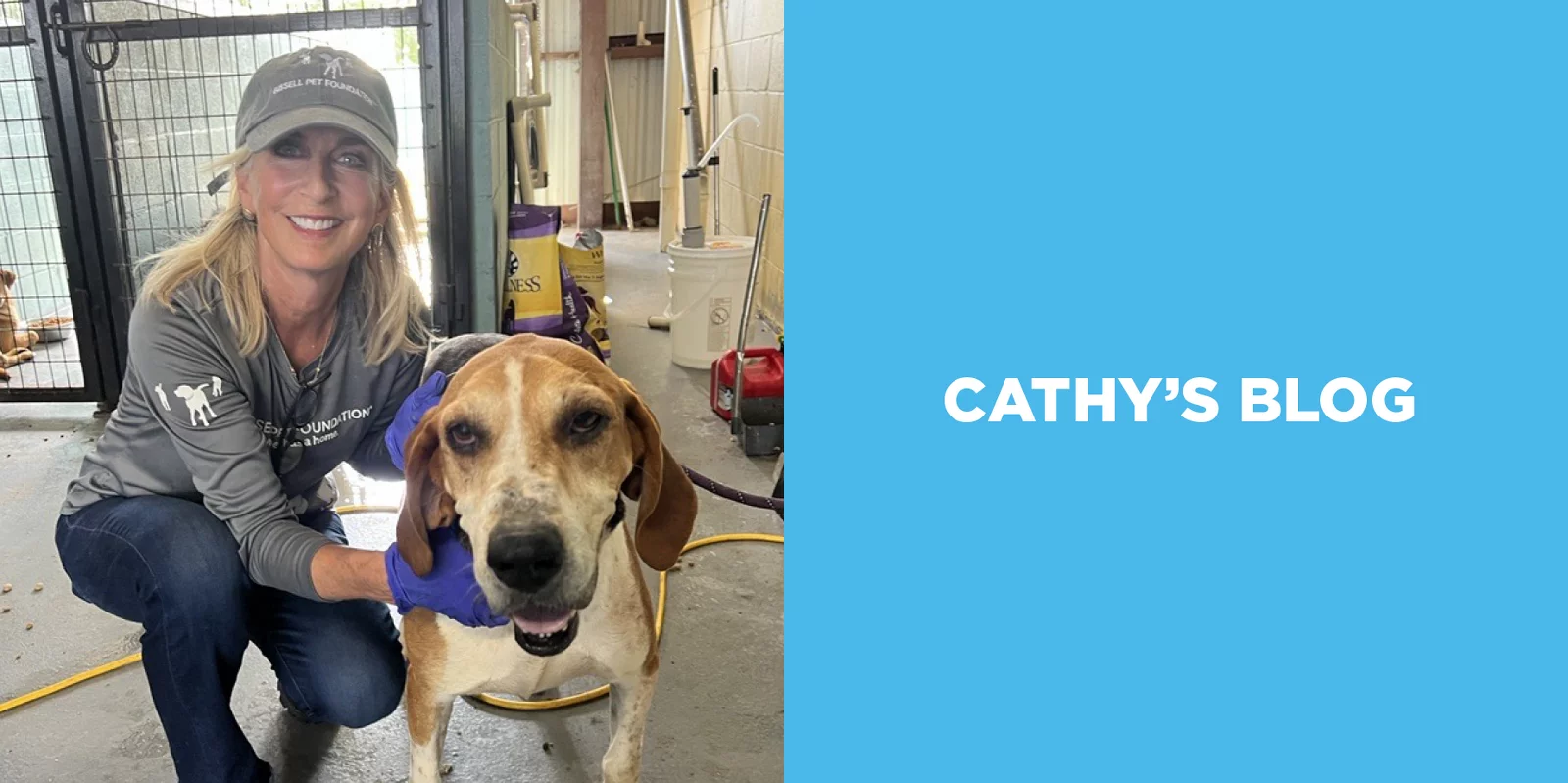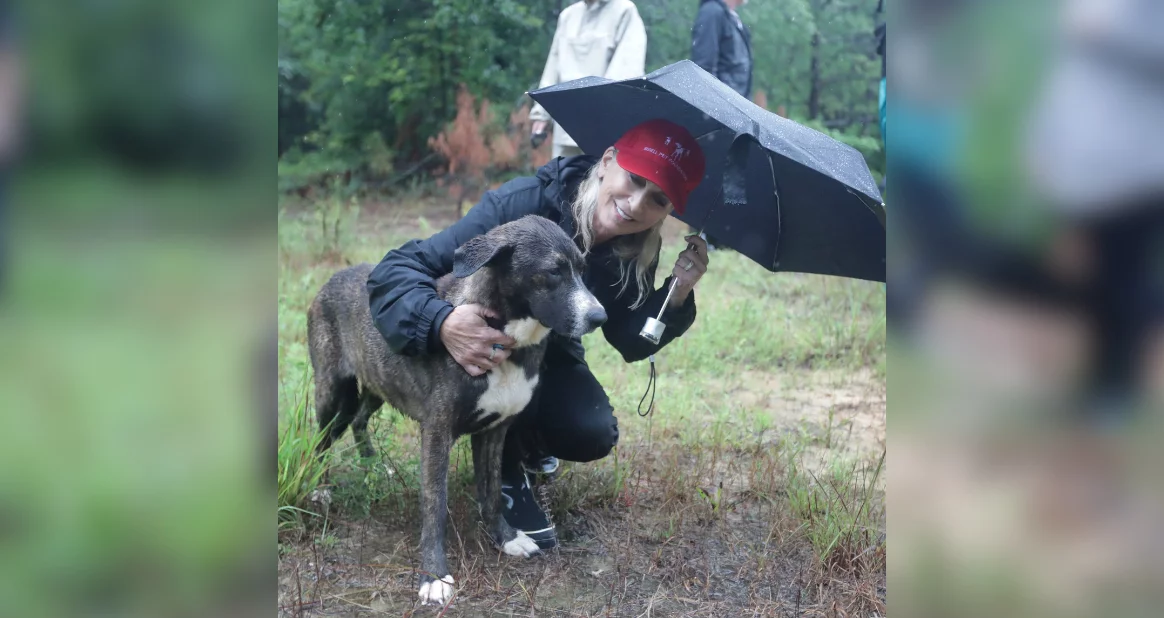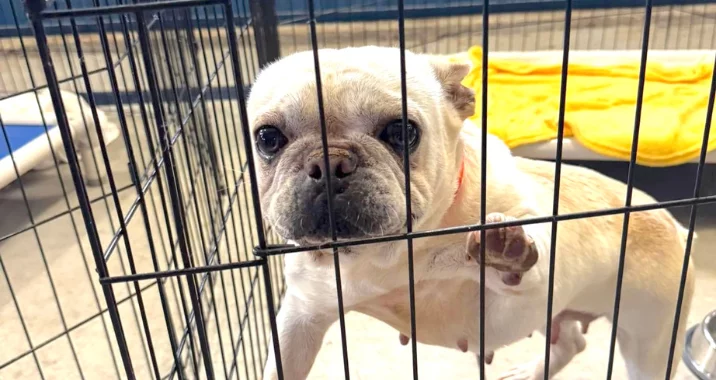Improving Access to Care
We must do better with returning pets to their owners (i.e., Return To Owner (RTO) and access to care. These topics are hot in animal welfare circles, but we must move beyond simply talking about this if we are going to save lives. Right now, our nation’s shelters are filled with owner surrenders. Much of this influx is directly related to RTO and access to care. I want to share a story about a dog named Ava.
Ava belonged to a single woman working hard to make ends meet. We don’t exactly know her circumstances, but Ava was healthy and happy in a home with her person. As a smaller dog, Ava was versatile and could more easily live in an apartment with her mom.
One day, Ava started vomiting. Her mom took her to the vet, where she received antibiotics and anti-nausea medication. Everyone hoped that Ava just had an upset stomach or a virus. After a few days, the symptoms became worse. Her mom brought her to an emergency hospital, it was after hours. She was required to leave a deposit of $2,000 for Ava to be admitted—this was not possible for her mom. The hospital asked if there was someone Ava’s mom could call for help. There wasn’t. They told her Ava could be surrendered to a rescue that could pay or be euthanized. Left with no choice, wanting nothing more than to save Ava, her mom surrendered her. It was devastating.
Within hours, it was determined that Ava had swallowed a penny. The penny was removed, and Ava was fine. She had been an otherwise healthy dog. The rescue group paid the bill, put Ava in a foster home, and adopted her out.
Ava was all her mom had, and the only home Ava ever knew. She underwent surgery and went home to a stranger for her recovery. She adjusted to a new home and remained in foster for months before adoption, where she adjusted to another new home. Ava’s mom was not allowed to adopt her back because she had not been to the vet for one year before her incident.
Every situation is different, but when pets are in loving homes, we should fight to keep them there. Improving RTO goes beyond critical thinking in the field. It is a mindset that must be adopted by shelters and rescues alike. I challenge all of you to look at every situation and ask yourselves, are we doing what is in the best interest of this pet? In Ava’s case, the answer is no. There are thousands of Avas out there entering the shelter and rescue system.
Access to veterinary care is a problem all over the nation. We must work together to overcome this issue. We have a crippling veterinary shortage, but we cannot allow this to continue to create even more pet homelessness, even if it means tweaking our mission a bit. Perhaps, the group that took in Ava could have posted her story online to recoup some of the fees to keep her with her owner. Can we turn the sad stories of surrender into online fundraisers? Can your organization identify special donors or create emergency funds to keep families together when they face the unexpected?
If we change our mindset, we can do better immediately. Shelters and rescues should maintain a list of local resources. Provide contacts and links for organizations offering grants, like the new Pets and People Together. Be sure that emergency veterinary clinics have an accurate list of local resources to provide clients. Most importantly, act in the best interest of the pet.
We all have a mission associated with our organizations. Most of those missions include language about caring for and rescuing pets. Caring for pets means we fight to keep them with their families. We save more lives when we approach animal welfare without judgment and rigid policies. It is that simple.




